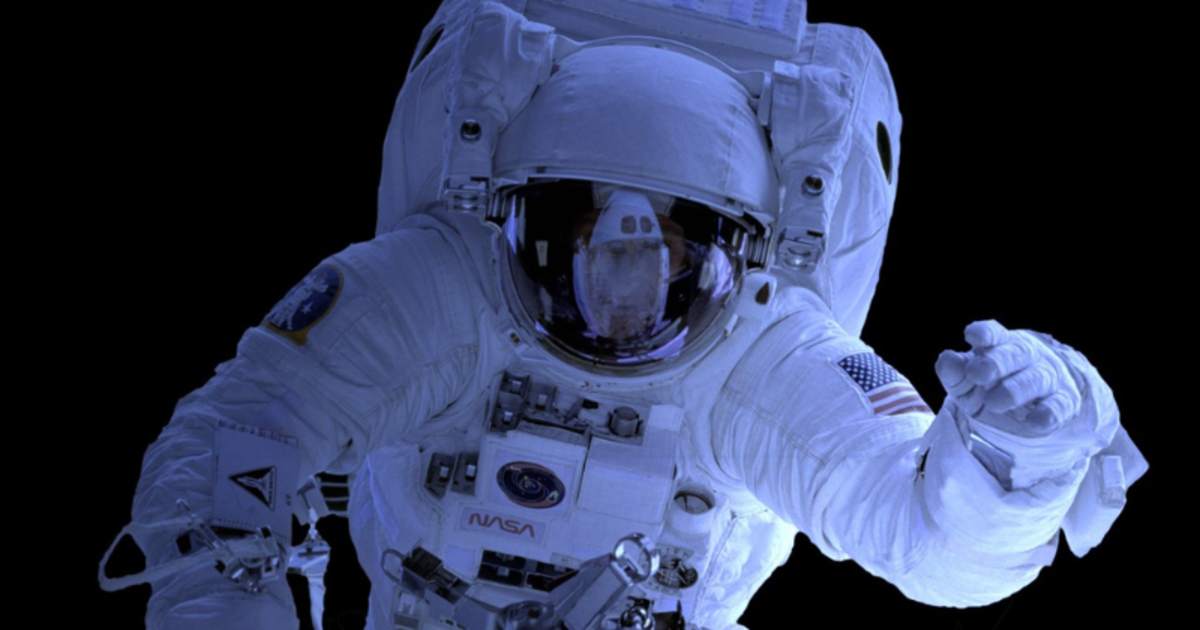In 1961, the First American Who Flew Into Space Wanted to Pee in His Space Suit - Here’s What NASA Did Next

In the golden age of space exploration, have you ever wondered what happens when an astronaut really has to go? In 1961, as NASA prepared to send its first American into space, everyone was thinking about science and other major stuff. Nobody, it seems, was thinking about urination. That slight ignorance became a major issue on May 5, 1961, when astronaut Alan Shepard sat strapped into the Freedom 7 capsule for what was supposed to be a quick 15-minute suborbital flight, as per Advances in Physiology Education.

As the countdown stretched into hours due to weather and technical delays, Shepard, who was suited up and sealed tight in a 20-pound pressure suit, reached a very human limit. Neal Thompson, Shepard’s biographer, revealed, “The whole world is watching. JFK is watching. It’s the biggest moment of his career, and all he can think about is having to go to the bathroom,” as per Smithsonian Magazine. However, when he shared his issue, there was an awkward silence, followed by a list of instructions. He was later instructed to pee in the suit. This was not part of the plan at first. NASA had expected Shepard to ‘go’ before the suit was sealed and hold it until he returned.
Basically, solutions for in-suit urination had existed since the 1950s. The military and NASA had developed urine collection devices (UCDs) for high-altitude pilots, but no one thought to install one for Shepard. The reason? They claimed the flight was only 15 minutes long. But reality did not match the basic plan. Shepard sat in his suit for almost five hours before launch. With no other choice, the mission had to give him permission to relieve himself, risking potential damage to biosensors. Luckily, the urine was absorbed by his undergarments, and the flight proceeded without incident. Cathleen Lewis, curator of spacesuits at the Smithsonian’s National Air and Space Museum, remarked, “What they learned was that no matter what your plans are for launch, there are always going to be delays… They didn’t think Shepard was going to be in that thing with his legs up in the air for as long as he was, and they had to accommodate that eventuality,” as per Smithsonian Magazine.
When you walk to a rocket, never pass up the chance to use the toilet.
— Don Pettit (@astro_Pettit) July 7, 2024
By the time of climbing into the space shuttle, I had been zipped up in my orange ACES spacesuit for nearly 2 hours with perhaps another 5 before doffing on orbit. Fortunately, the NASA engineers had thought… pic.twitter.com/qedP7LKOBQ
Fortunately, the incident ignited changes; the next Mercury mission, flown by Gus Grissom, included a UCD. And by the time John Glenn orbited the Earth in 1962, he had an improved version onboard, one that had been on display in the museum since 1976. Today, Shepard’s spacesuit and capsule are featured in the Smithsonian’s “Destination Moon” exhibit. Conservators found no damage from the infamous incident, all thanks to the absorbent underlayers. Lewis noted, “It was an experiment…to see if that would work and withstand the great variations in temperatures. It also had reflective properties that could have made it important for recovery…” as per Smithsonian Magazine.
An important point to note is that they preserved the suit as is, with the stains of the incident. Yes, you read that right. Shepard’s impromptu bathroom break became one of the most intriguing yet human-like incidents in space.